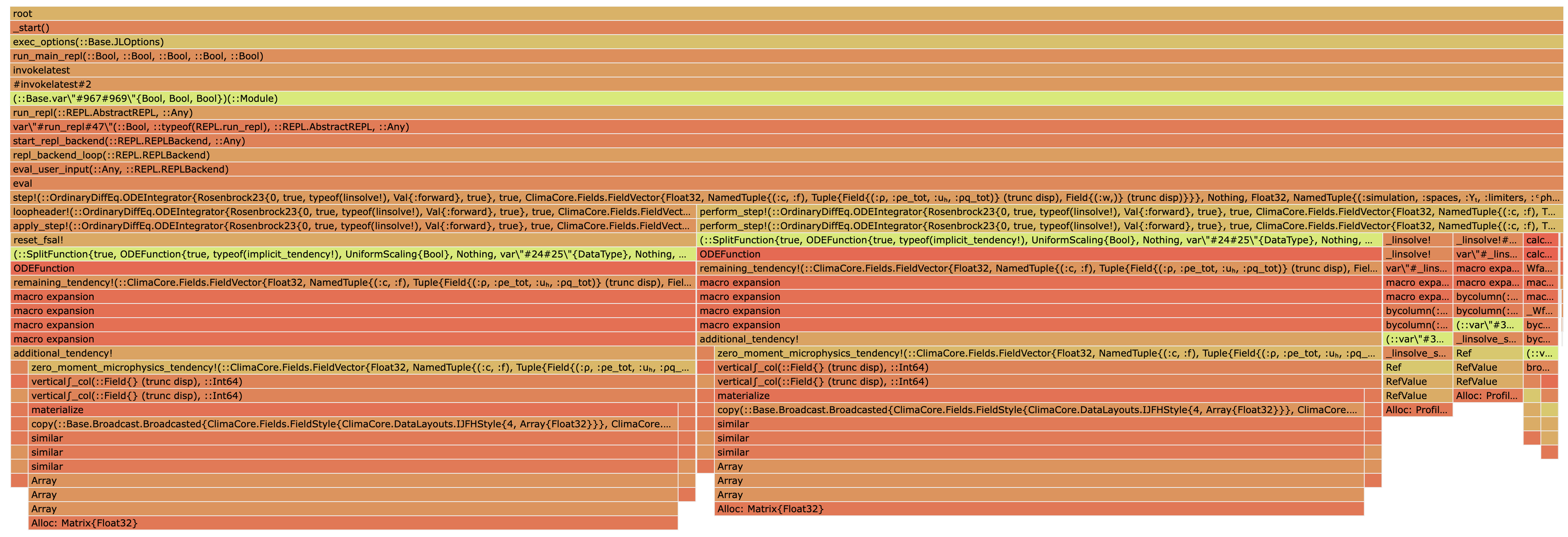-
Notifications
You must be signed in to change notification settings - Fork 10
New issue
Have a question about this project? Sign up for a free GitHub account to open an issue and contact its maintainers and the community.
By clicking “Sign up for GitHub”, you agree to our terms of service and privacy statement. We’ll occasionally send you account related emails.
Already on GitHub? Sign in to your account
Add support for definite column integrals #962
Merged
Merged
Conversation
This file contains bidirectional Unicode text that may be interpreted or compiled differently than what appears below. To review, open the file in an editor that reveals hidden Unicode characters.
Learn more about bidirectional Unicode characters
simonbyrne
reviewed
Sep 27, 2022
|
Also cross referencing #693 |
bddec0e to
4ba8810
Compare
4ba8810 to
1aeb8fe
Compare
simonbyrne
reviewed
Sep 28, 2022
|
bors r+ |
bors bot
added a commit
that referenced
this pull request
Sep 28, 2022
962: Add support for definite column integrals r=simonbyrne a=charleskawczynski This PR adds `column_integral_definite!`, a non-allocating definite integral for columns. The idea is that it will replace the existing (allocating) definite integral [here](https://github.com/CliMA/ClimaAtmos.jl/blob/44cee55def2a51433c5dcdcdae010b7777cd741b/examples/hybrid/sphere/baroclinic_wave_utilities.jl#L167-L186). However, this implementation has several advantages: - It's compatible with `bycolumn`, so the computation can occur in parallel - It's allocation-free - It's _tested_ on single column and sphere configurations Looking at the flame graph for allocations (using the Julia 1.8 Allocs module with `sample_rate=1`), this is responsible for most of the remaining allocations in ClimaAtmos: <img width="1993" alt="Screen Shot 2022-09-26 at 7 57 05 AM" src="https://user-images.githubusercontent.com/1880641/192353757-03101c41-2c0b-4ccb-a8b9-43faa78680f8.png"> The interface for the added function captures two cases: ```julia function column_integral_definite!(col∫field::Field, field::Field) bycolumn(axes(field)) do colidx column_integral_definite!(col∫field[colidx], field[colidx]) nothing end return nothing end ``` and ```julia function column_integral_definite!( col∫field::PointField, field::ColumnField, ) `@inbounds` col∫field[] = column_integral_definite(field) return nothing end ``` A step towards closing #943, #748, [CA#686](CliMA/ClimaAtmos.jl#686). ## A note on an alternative approach Ideally, we would write this function as `column_integral_definite!(fn, args...)` where we might be able to write a broadcast statement like: ```julia `@.` f2D = column_integral_definite(f3D) do z f3D.x * z^2 end ``` however, this would require us to define broadcasting between planar and 3D domains, which is not trivial (or maybe not possible) because of ambiguities. The ambiguities arise because (2D, 3D) broadcasting may want different things in different cases, for example: - (f2D, f3D) -> f3D: mul full 3D field by planar surface value - (f2D, f3D) -> f2D: perform reduction over z-coordinate to yield 2D field The situation is similar when thinking about what happens when we make views. For example, ```julia Fields.bycolumn(axes(f3D)) do colidx `@.` f2D[colidx] = column_integral_definite(f3D[colidx]) do z f3D[colidx].x * z^2 end end ``` Now, we have to define how `DataF` data layouts broadcast with `VF`. Again, we have two cases: - (f0D, f1D) -> f1D: mul full 1D field by 0D field - (f0D, f1D) -> f0D: perform reduction over z-coordinate to yield 0D field My vote/preference is to support the first cases (which is partially supported already) and write custom functions (e.g., reductions) that operate on single fields for the second case. Co-authored-by: Charles Kawczynski <[email protected]> Co-authored-by: Simon Byrne <[email protected]>
|
Build failed: |
simonbyrne
reviewed
Sep 28, 2022
Apply some suggestions More suggested changes Avoid parent in loop Update src/Operators/integrals.jl Use nlevels function
6f79ec5 to
4713e3b
Compare
|
bors r+ |
Sign up for free
to join this conversation on GitHub.
Already have an account?
Sign in to comment
Add this suggestion to a batch that can be applied as a single commit.
This suggestion is invalid because no changes were made to the code.
Suggestions cannot be applied while the pull request is closed.
Suggestions cannot be applied while viewing a subset of changes.
Only one suggestion per line can be applied in a batch.
Add this suggestion to a batch that can be applied as a single commit.
Applying suggestions on deleted lines is not supported.
You must change the existing code in this line in order to create a valid suggestion.
Outdated suggestions cannot be applied.
This suggestion has been applied or marked resolved.
Suggestions cannot be applied from pending reviews.
Suggestions cannot be applied on multi-line comments.
Suggestions cannot be applied while the pull request is queued to merge.
Suggestion cannot be applied right now. Please check back later.
This PR adds
column_integral_definite!, a non-allocating definite integral for columns. The idea is that it will replace the existing (allocating) definite integral here. However, this implementation has several advantages:bycolumn, so the computation can occur in parallelLooking at the flame graph for allocations (using the Julia 1.8 Allocs module with

sample_rate=1), this is responsible for most of the remaining allocations in ClimaAtmos:The interface for the added function captures two cases:
and
A step towards closing #943, #748, CA#686.
A note on an alternative approach
Ideally, we would write this function as
column_integral_definite!(fn, args...)where we might be able to write a broadcast statement like:however, this would require us to define broadcasting between planar and 3D domains, which is not trivial (or maybe not possible) because of ambiguities. The ambiguities arise because (2D, 3D) broadcasting may want different things in different cases, for example:
The situation is similar when thinking about what happens when we make views. For example,
Now, we have to define how
DataFdata layouts broadcast withVF. Again, we have two cases:My vote/preference is to support the first cases (which is partially supported already) and write custom functions (e.g., reductions) that operate on single fields for the second case.
A step towards closing CA#686